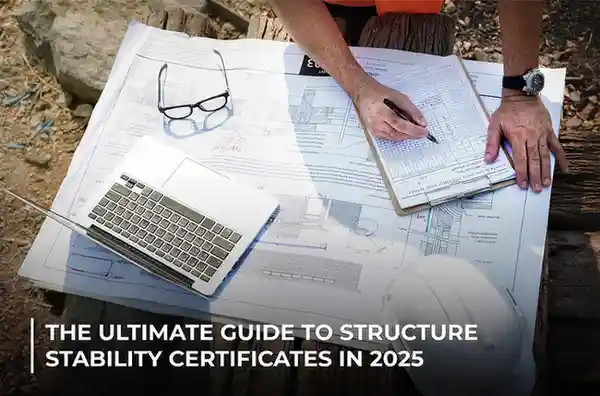When it comes to construction safety, one document carries the weight of the structure stability certificate.
The problem? Many property owners and builders overlook it, assuming it’s optional.
The solution? Understand its purpose, process, and power—so you don’t face delays, penalties, or worse.
Let’s break down everything you need to know in 2025.
1. What is a Structure Stability Certificate?
Definition in Simple Terms
A structure stability certificate is an official document issued by a certified structural engineer.
It confirms a building’s ability to remain safe, sound, and secure under expected loads and conditions.
Who Issues It?
Only licensed structural engineers or authorized professionals can issue it after thorough inspection and assessment.
2. Why You Need It in 2025
Legal Compliance
Most city authorities now require a stability certificate before giving completion or occupancy approval.
Without it, you risk project delays and fines.
Peace of Mind
It’s not just paperwork, it’s proof your building won’t give in to stress, natural wear, or unpredictable forces.
Higher Property Value
Certified buildings command better resale value and instill buyer confidence—something we prioritize at Elegant Design.
3. When is a Structure Stability Certificate Required?
| Scenario | Is Certificate Needed? |
| New Residential Construction | Yes |
| Commercial Building Projects | Yes |
| Structural Renovation Work | Yes |
| Non-Structural Interior Changes | No |
| Change of Property Use | Yes |
4. How to Get a Structure Stability Certificate
Step-by-Step Process
- Hire a Certified Engineer
Ensure they’re registered with your local authority. - Conduct Site Inspections
The engineer checks the foundation, materials, and structure for strength and load-bearing capacity. - Submit Technical Documents
These include blueprints, soil tests, and previous approvals. - Receive Your Certificate
Once standards are met, the certificate is issued on official letterhead.
Documents You May Need
- Approved building plans
- Soil investigation reports
- Construction material test results
- Identity proof of the property owner
5. What Happens If You Don’t Get One?
Skipping the certificate can result in:
- Project approval rejections
- Legal penalties
- Insurance denials
- Serious safety risks
- Loss of buyer interest
At Elegant Design, we strongly encourage clients to prioritize this certificate early in the process.
6. Myths Around Stability Certificates
“Only high-rise buildings need it.”
Wrong. Even a single-story home must meet stability criteria.
“It’s just a formality.”
Nope. It’s a critical safety and legal requirement in most urban areas.
“My builder handles everything.”
Unless your builder is a licensed structural engineer, they can’t issue it.
7. Who Should Ask for It?
- Builders – For project approval
- Buyers – Before finalizing property deals
- Homeowners – After renovations or structural changes
- Real Estate Agents – To reassure clients
A structure stability certificate isn’t just a document, it’s a sign of accountability and safety.
8. Legal Significance in 2025
City development authorities and RERA bodies increasingly demand this certificate.
In some jurisdictions, occupancy or completion approvals are impossible without it.
That’s why at Elegant Design, we incorporate it into every structural project checklist.
Final Thoughts: Build Smart, Stay Safe
A structure stability certificate in 2025 isn’t just good to have—it’s non-negotiable.
Whether you’re building from scratch or buying an existing space, don’t skip this step.It’s your proof of safety. Your insurance for tomorrow.
And your silent guardian when the walls around you are tested.







